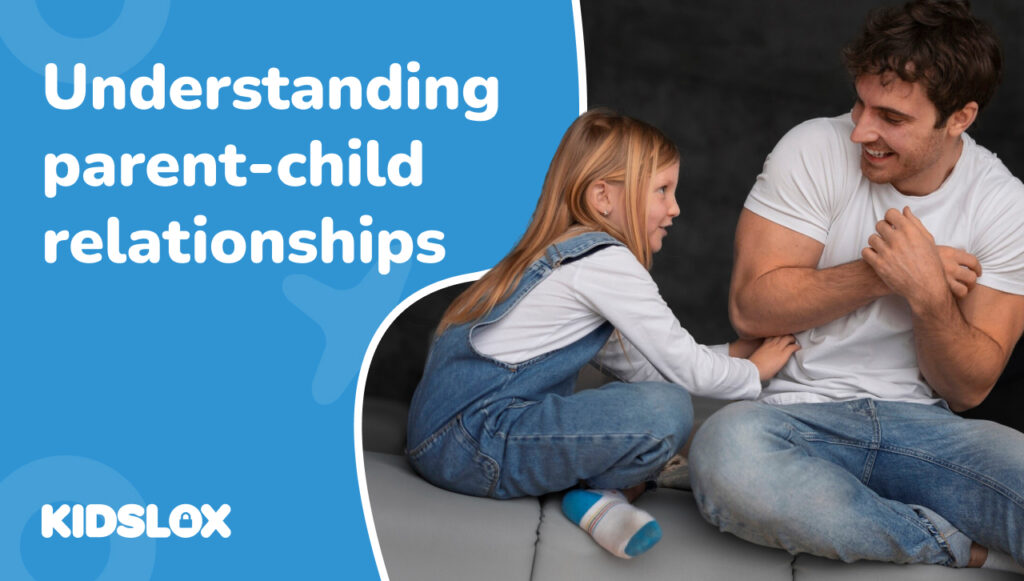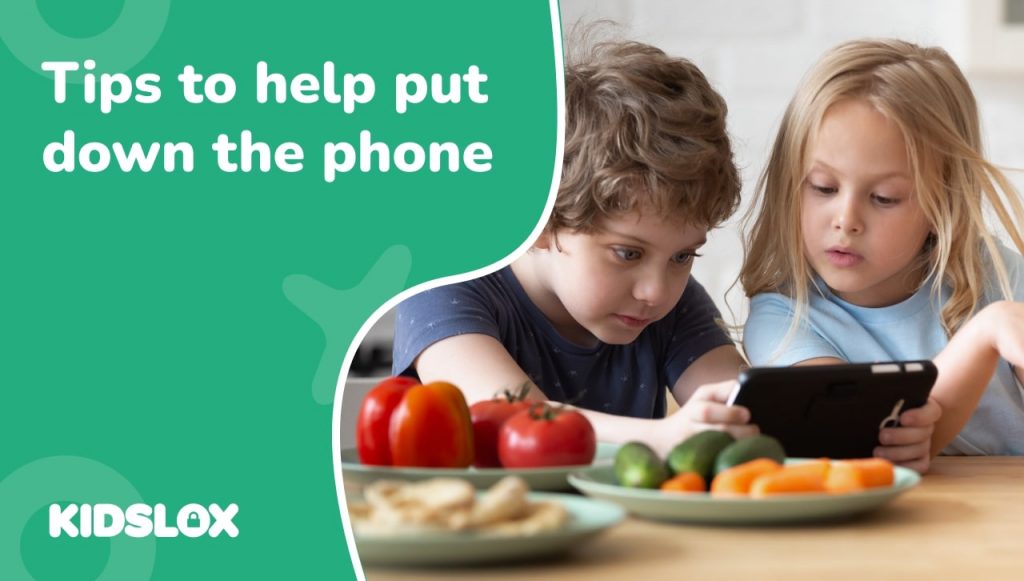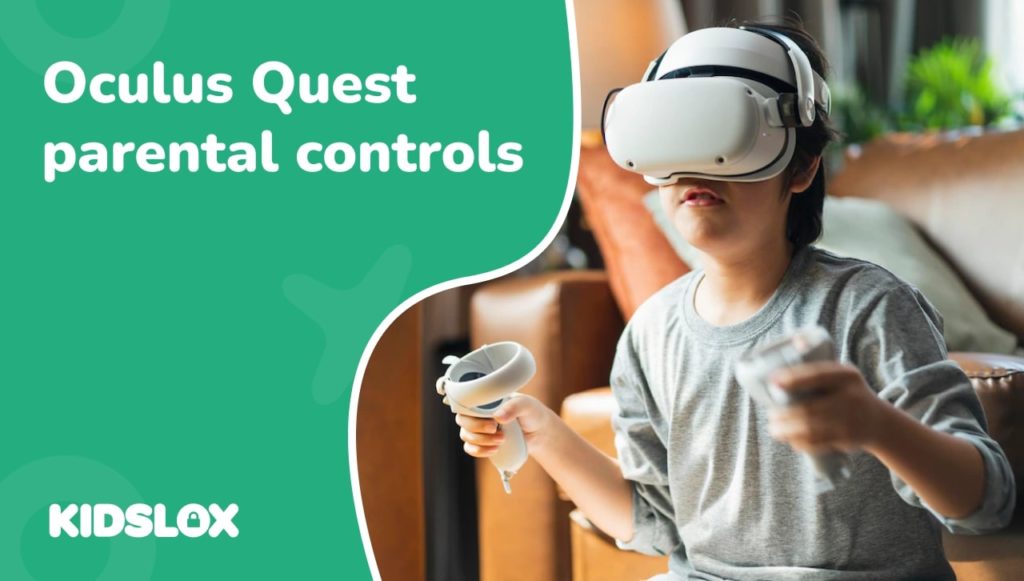Navigating the Balance Between Love, Discipline, and Growth
The bond between parent and child is one of the most powerful relationships we experience in life. It’s a foundation for emotional security, social development, and personal identity. But this relationship isn’t always smooth. Parenting comes with intense emotions, evolving roles, and occasional power struggles. As children grow and change, so too must our approach — and navigating the highs and lows of parenting and relationships is an ongoing learning process.
Whether you’re parenting a toddler or a teen, understanding the balance between relationship and parenting is key to raising emotionally healthy, confident, and connected children.
Why the Parent-Child Relationship Matters
Children learn who they are through their interactions with caregivers. A strong parent-child bond promotes secure attachment, which lays the groundwork for a child’s mental health, resilience, and ability to form healthy relationships later in life.
But this relationship is not static. It evolves as children grow, and it’s shaped daily through words, actions, reactions, and emotional presence. It’s not just about meeting physical needs — it’s about how you connect: through listening, guiding, comforting, setting boundaries, and showing up consistently.
Understanding the Dynamics of Relationship and Parenting
Every parent-child relationship is unique, but certain dynamics tend to show up across households. These patterns shape your child’s worldview — and your experience of parenting.
- Authority and Attachment
Parents are caregivers and authority figures, which creates a dynamic that can feel both nurturing and challenging. A healthy balance of emotional warmth and clear structure helps children feel safe and supported while learning responsibility and self-control.
Problems arise when this balance tips too far in either direction: too much control may lead to rebellion or fear, while too little structure may cause insecurity or behavioral issues.
This is where relationship and parenting intersect — not as opposites, but as partners. You can be a steady authority and an empathetic listener. You can set limits while still validating emotions.
A preschooler refuses to brush their teeth before bed. You could demand compliance with threats of no bedtime story, or you could gently hold your boundary while acknowledging their resistance:
“I know you’re tired and don’t feel like brushing your teeth. But we do it every night to keep them strong and healthy. Let’s do it together and then pick your story.”
You’re still the authority — the rule stands — but you’re also emotionally attuned, which helps preserve connection.
With an older child, say a 12-year-old who’s pushing back on homework, the balance might look like:
“I understand schoolwork can feel overwhelming. Let’s talk about how you want to structure your evening, but the homework still needs to be done.”
You’re not giving in, but you’re offering them some agency within clear expectations.
- Emotional Mirroring
Children, especially in early years, look to their parents for cues on how to manage emotions. If you stay calm during a tantrum, they learn that feelings can be regulated. If you react with anger or withdrawal, they may learn to suppress or fear emotional expression.
This mirroring process continues into adolescence, though it’s less obvious. Teens still need you to model emotional regulation and relational repair — even when they act like they don’t.
Imagine your child spills juice all over the floor and bursts into tears. If your first response is to shout, “Why are you always so clumsy?” they may internalize shame and become anxious about making mistakes. But if you take a breath and say, “Accidents happen — let’s clean it up together,” they learn that mistakes aren’t disasters and emotions are manageable.
The same applies to teens. If your teenager comes home clearly upset and slams a door, reacting with sarcasm or silence may shut down the chance for connection. But calmly checking in later — “Rough day? Want to talk about it?” — shows them that emotions are safe to express, and relationships can withstand tension.
- Power Struggles
It’s normal for kids to push back. They’re developing independence, identity, and autonomy. But frequent conflict without resolution can erode trust. Many parenting conflicts come down to a child needing control over their choices — and a parent trying to maintain order.
The goal isn’t to win these battles, but to find ways to protect your child’s autonomy while maintaining appropriate boundaries.
For example, a struggle with a toddler might erupt over something as simple as the colour of a cereal bowl — offering them a choice beforehand can help give them a sense of control. With a teenager, it might be a disagreement over curfew, where open discussion and compromise are often more effective.
The Evolution of the Parent-Child Relationship
The parent-child relationship changes as children move through different stages of development. Being aware of these shifts can help you adapt your parenting approach and reduce unnecessary friction.
Infancy and Toddlerhood: Building Trust
This stage is all about forming attachment. Your child relies on you for everything — food, safety, comfort. When you consistently meet those needs, they develop a secure sense of trust.
Tips for this stage:
- Respond quickly and lovingly to distress
- Create predictable routines
- Use gentle, sensory-rich interactions (eye contact, soothing touch)
Early Childhood: Establishing Boundaries
As children become mobile and verbal, they begin to assert independence — often loudly. This is a prime time for parenting conflicts, especially around bedtime, meals, and transitions.
Tips for this stage:
- Set clear, consistent boundaries
- Offer choices within limits (“Do you want to brush your teeth now or in five minutes?”)
- Use play as a tool for connection
Middle Childhood: Fostering Self-Esteem
School-aged children start comparing themselves to others and seeking external validation. The parent-child relationship becomes a critical space for affirming their strengths and helping them work through challenges.
Tips for this stage:
- Show interest in their ideas and activities
- Offer praise for effort, not just results
- Encourage problem-solving rather than fixing everything for them
Adolescence: Supporting Independence Without Disconnecting
Teenagers crave independence but still need emotional support. This is a stage when parenting and relationship dynamics are often tested. You may face resistance, secrecy, or emotional outbursts — but your continued presence is vital.
Tips for this stage:
- Avoid lecturing; aim for dialogue
- Respect privacy, but stay engaged
- Be available without pushing — let them come to you, and when they do, listen without judgment
Common Parent-Child Conflicts and How to Resolve Them
All close relationships include conflict — especially those that involve teaching, guiding, and protecting. Understanding the root of common parenting conflicts can help you resolve them more constructively.
- Disrespect or Backtalk
What feels like disrespect to you may be your child expressing frustration or testing limits. Responding with threats or yelling often escalates things.
What to try instead:
- Stay calm and address the behavior, not the emotion
- Say, “I understand you’re upset. Let’s talk when we’re both calm.”
- Teach assertiveness skills — many kids don’t know how to disagree respectfully
- Defiance
Defiance often reflects a child’s need for control. Instead of power struggles, offer choices or involve them in problem-solving.
Try saying:
- “You don’t have to agree, but this is the expectation.”
- “What’s your idea for how we can both get what we need here?”
- Emotional Meltdowns
Whether it’s a toddler tantrum or a teen shutdown, big emotions can be overwhelming for both child and parent.
What helps:
- Co-regulate first: help them calm down before trying to reason
- Validate the feeling: “You’re really upset about this. That makes sense.”
- Talk through solutions after the storm has passed
Repairing and Strengthening the Parent-Child Bond
The strength of your parenting and relationship is not measured by how few arguments you have, but by how you repair after them. Conflict is normal. Disconnection is inevitable — whether it’s a raised voice, a slammed door, or a misread moment. What matters most is how quickly, calmly, and genuinely you reconnect afterward.
These repair moments are powerful. They teach your child that love doesn’t disappear when things get tough, and that relationships can survive mistakes, misunderstandings, and emotional messiness.
Here are some simple steps to guide the repair process:
- Apologize if needed. Even parents make mistakes. A simple “I’m sorry I raised my voice” teaches accountability and shows that adults, too, are learning and growing.
- Ask how they’re feeling. Give your child a chance to share their side of the story — without interruption or correction. Try, “How did that feel for you?” or “What were you hoping I’d do differently?”
- Problem-solve together. Once the emotion has passed, talk about what happened and what you both can try next time. Involve your child in creating a plan, so they feel heard and empowered.
Over time, these moments build deep trust. They show your child that relationship and parenting are built on connection — not perfection — and that repair is always possible.
Building a Resilient Parent-Child Relationship
If there’s one takeaway about relationship and parenting, it’s this: connection is the foundation for everything else. Children are more likely to cooperate, communicate, and thrive when they feel securely connected to their caregiver.
Here are daily practices that support a resilient bond:
- Special time: Spend one-on-one time with your child doing something they enjoy, with your full attention.
- Emotion coaching: Name and normalize emotions. Teach that feelings are okay, and they don’t define us.
- Consistent routines: Predictability helps children feel safe and reduces anxiety.
- Active listening: Reflect back what your child says. Show them they are heard, even if you don’t agree.
There is no definitive script for parenting. What matters most is a consistent commitment to being present, learning from experience, and placing the parent-child relationship at the heart of your approach.
Conflicts are inevitable. Children will push boundaries, test limits, and, at times, resist guidance. These challenges are a natural part of their development — and of the parenting journey.
However, with intentionality, emotional attunement, and mutual respect, it is possible to cultivate a relationship that remains strong and steady through times of difficulty. When children feel secure, understood, and valued — even in moments of tension — they are more likely to thrive.
Ultimately, parenting and relationships are inextricably linked. The strength of one reinforces the other. By investing in the emotional connection with your child, you lay the foundation for both effective parenting and long-term relational health.





